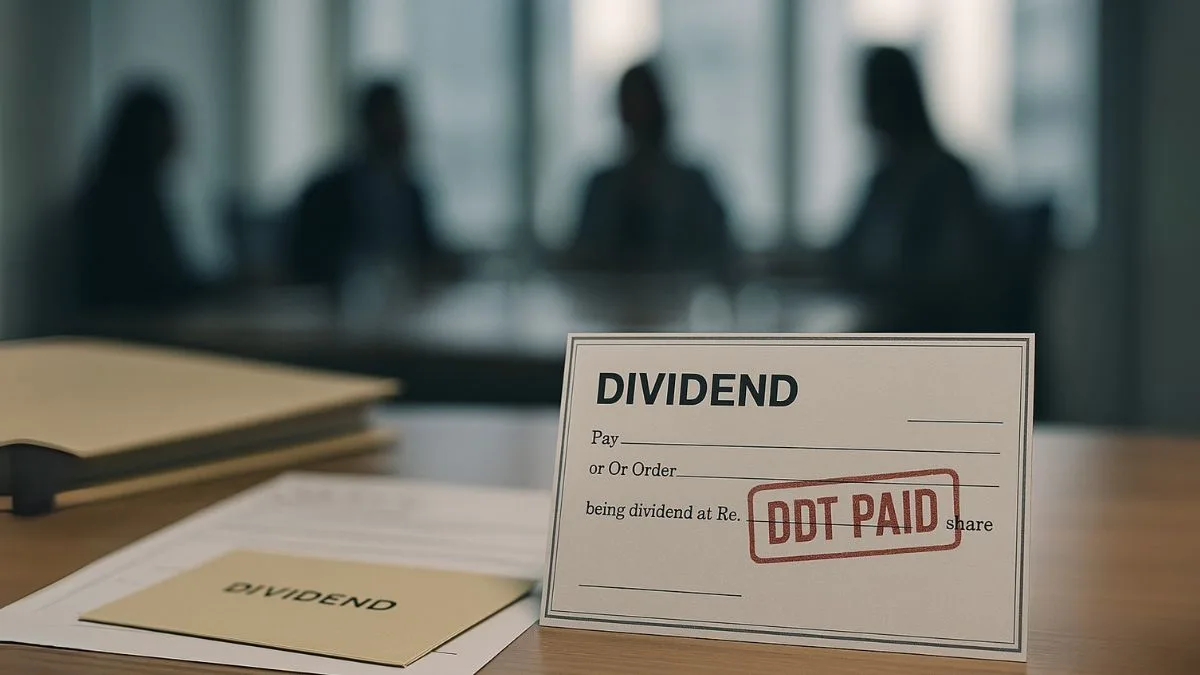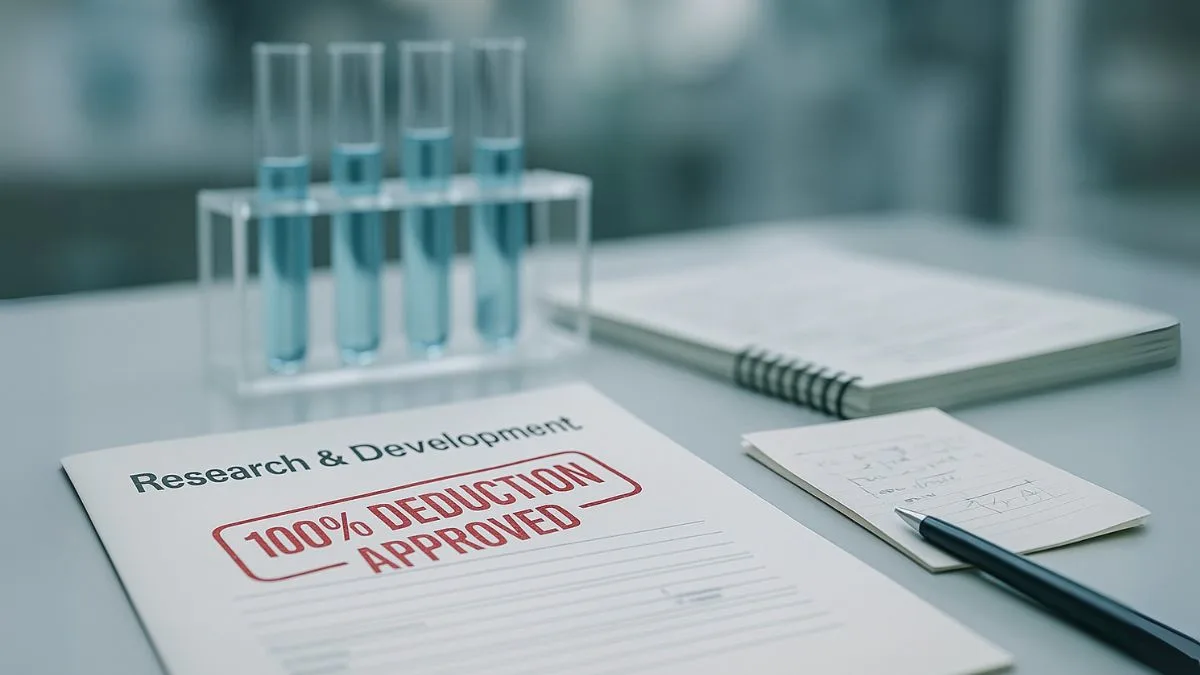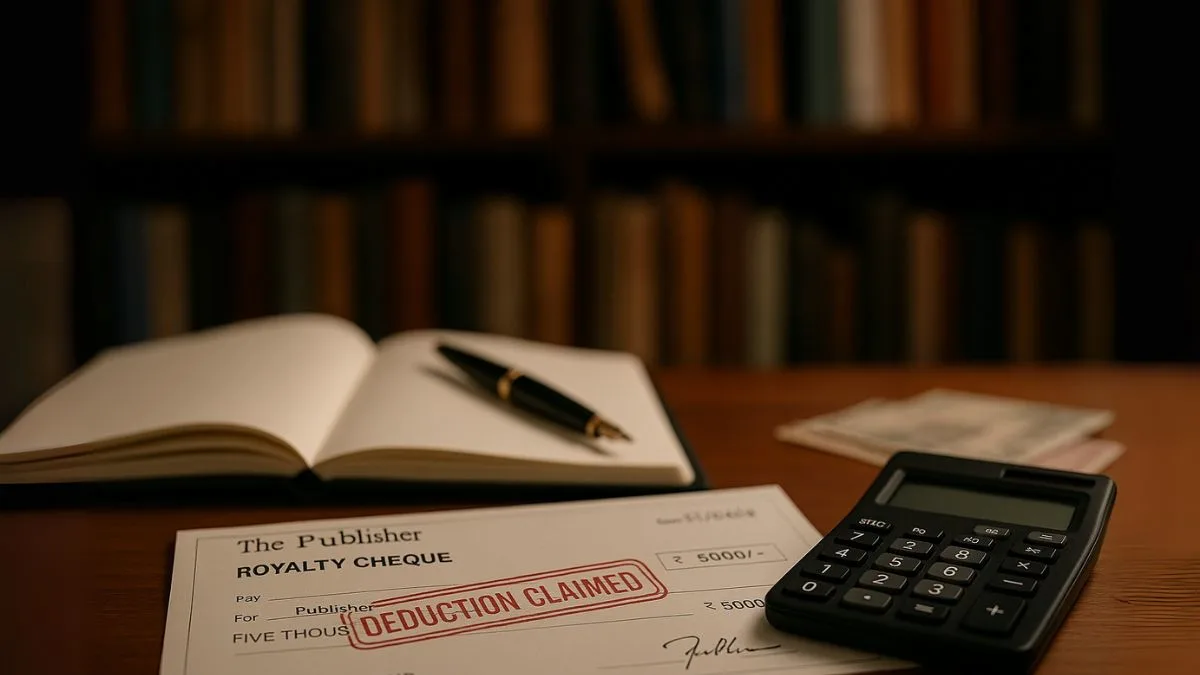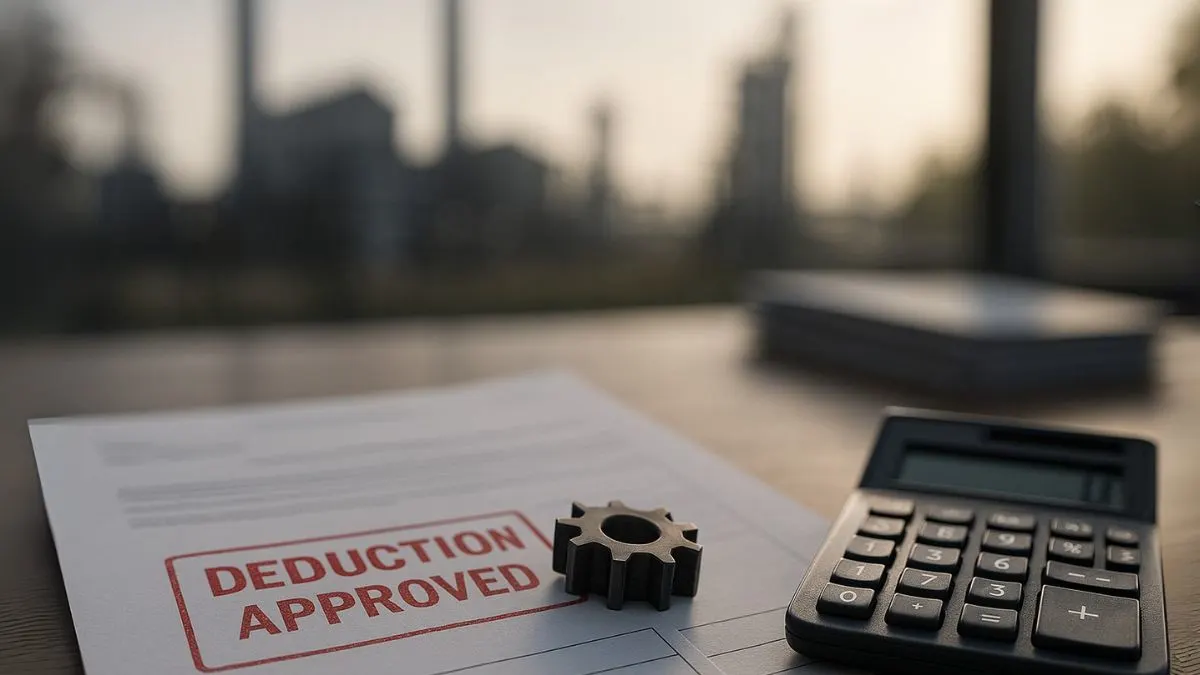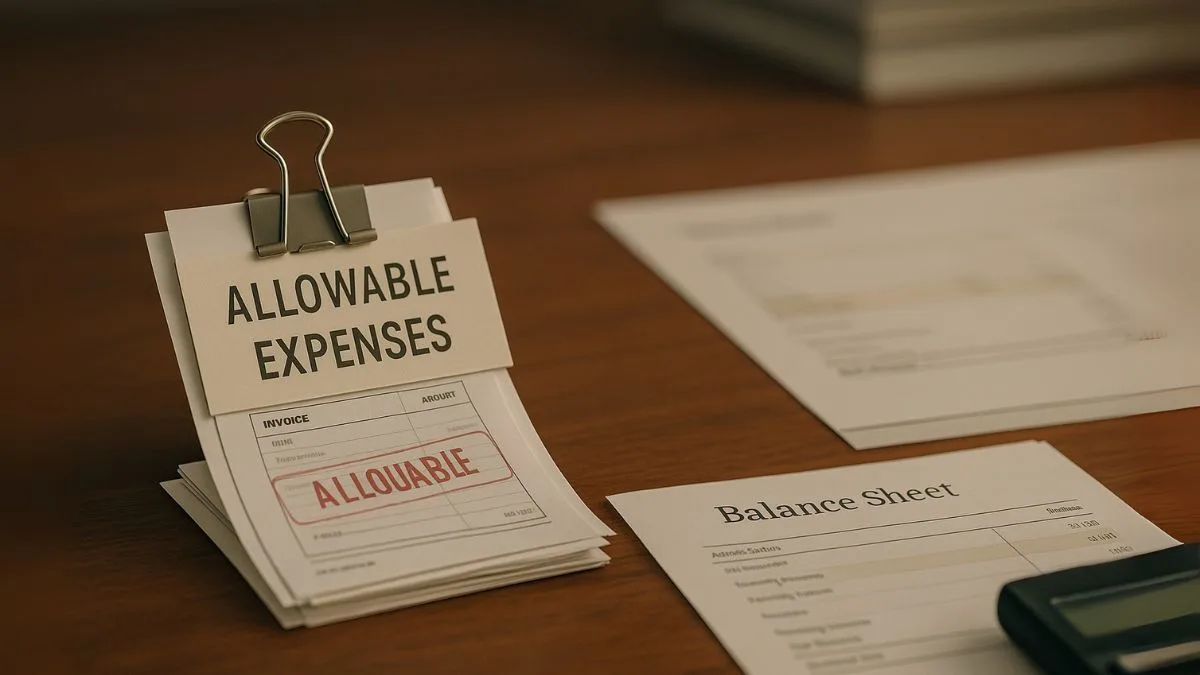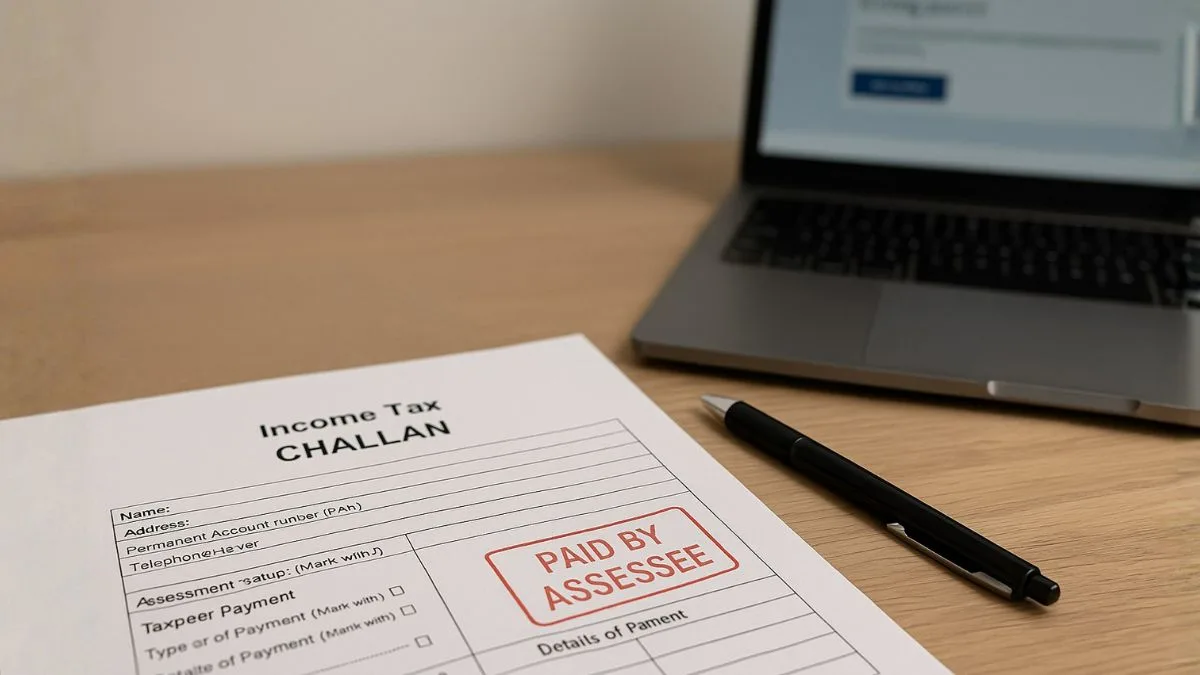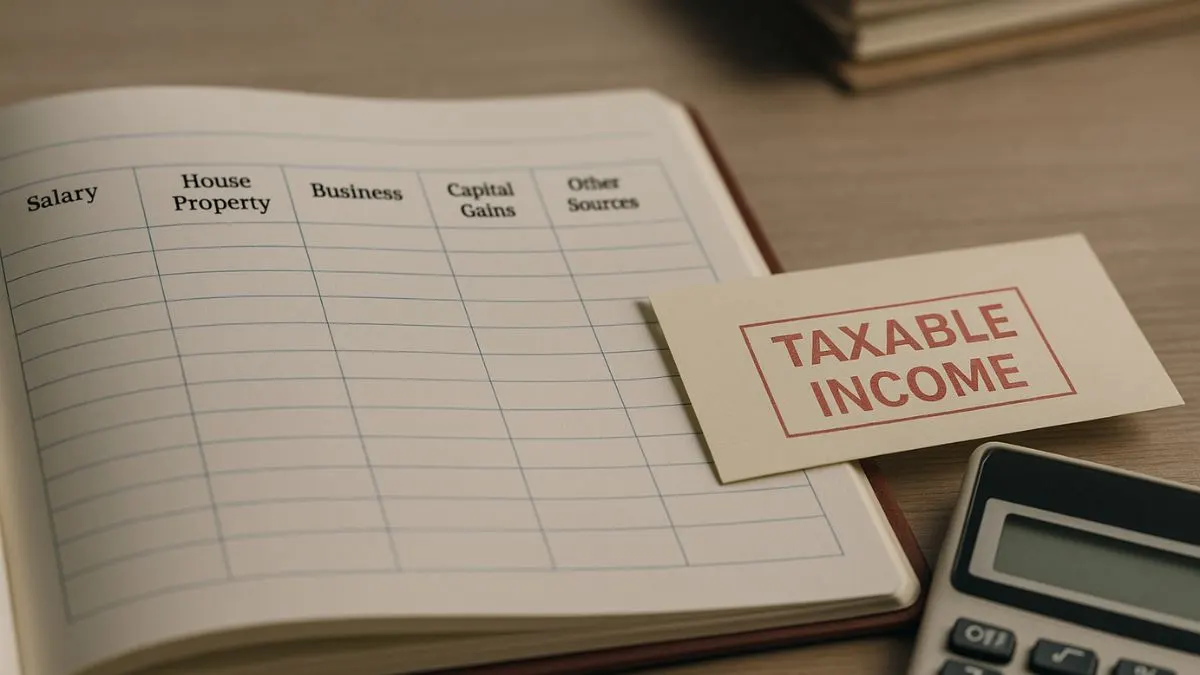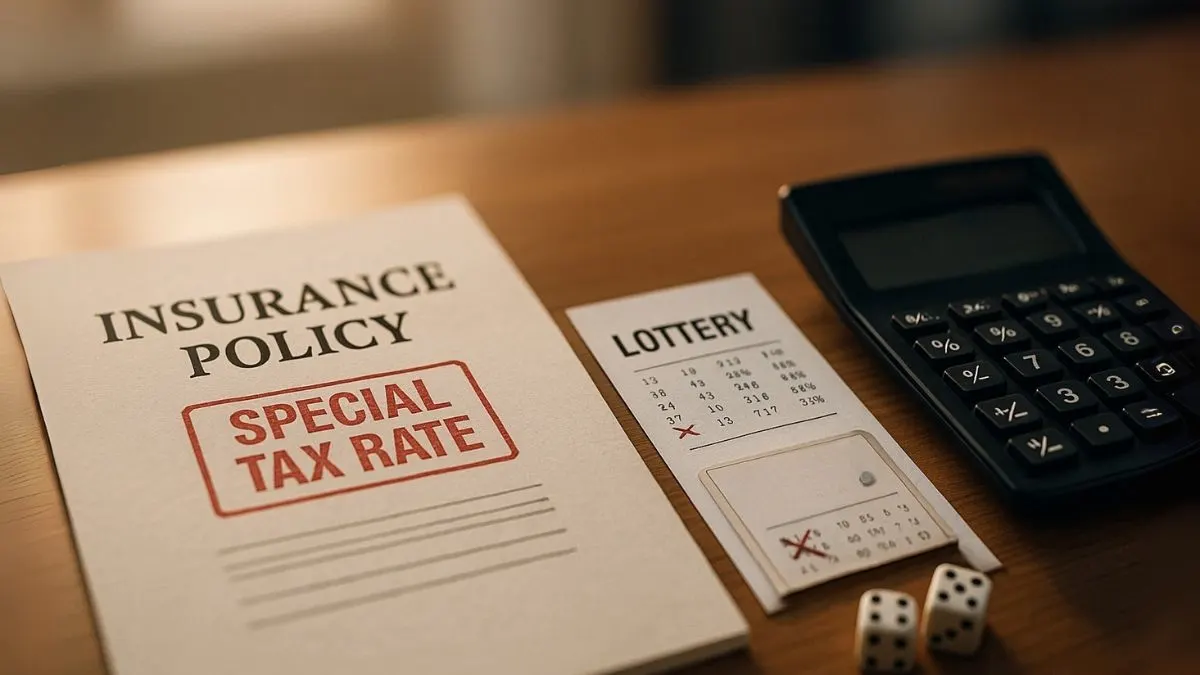
The Income Tax Act contains specific charging sections designed to ensure equity in taxation across various industries and income categories. Section 115B serves as one of these targeted provisions.
It is essentially a special provision for payment of tax by certain companies, notably those engaged in life-insurance business, and also extends to taxability of winnings from activities such as lotteries or game shows.
By ring-fencing these income categories, the law ensures a uniform and non-discriminatory taxation pattern. Unlike the normal corporate tax regime governed by slab rates, Section 115B prescribes a fixed percentage of tax on specific profits, thereby simplifying compliance and preventing revenue leakage.
Applicability of Section 115B
Section 115B applies to two major categories of income:
- Profits and Gains of Life-Insurance Business – taxed under a prescribed rate irrespective of overall turnover."
- Winnings such as lotteries, crossword puzzles, races (including horse races), card games, or any other gambling-related activity.
This dual application reflects the legislature’s intent to isolate these streams of income due to their unique nature and source. For instance, the life-insurance business operates on long-term actuarial calculations, whereas winnings represent windfall gains detached from normal business operations.
Tax on Profits and Gains of Life-Insurance Business
Under Section 115B(1), the amount of income-tax payable by the assessee under the said clause—when the total income includes profits and gains of life-insurance business—is 12.5 percent of such profits (plus applicable surcharge and cess).
This provision overrides the general rates under Section 4 and 5. It recognizes that the insurance industry operates differently from other corporate structures because its income arises from premium inflows, actuarial valuations, and reserve adjustments rather than direct profit margins.
Example:
If a life-insurance company earns ₹ 10 crore as taxable profit from its insurance business, the tax under Section 115B would be:
₹ 10 crore × 12.5% = ₹ 1.25 crore (plus surcharge & cess).
This dedicated rate ensures consistent tax treatment across the insurance sector, eliminating disputes about profit characterization or deductions.
Also Read: Scope and Chargeability of Total Income
Special Provision for Certain Companies
Beyond insurers, Section 115B also serves as a special provision for payment of tax by certain companies. For instance, companies deriving income solely from winnings or windfall gains are not taxed under normal corporate rates but under a flat rate of 40 percent (plus surcharge and cess).
This separation simplifies administration: such companies need not compute depreciation, carry-forward losses, or claim business-related deductions for this portion of income. The entire income from winnings becomes taxable at the specified rate, ensuring transparency.
Tax on Winnings – A Distinct Regime
Although winnings are generally covered under Section 115BB, certain cross-references to Section 115B still exist where the assessee is a company primarily dealing in such incomes. Section 115B governs the taxability of winnings for entities whose entire or substantial income comes from lotteries, horse races, or similar sources.
Key features:
- No deduction under any section (like 80C or 80D) is permitted against such income.
- Flat-rate taxation ensures uniform treatment regardless of quantum.
- No loss set-off allowed against winnings income.
This approach discourages artificial reduction of taxable winnings through accounting adjustments.
Section 115B vs. Regular Corporate Tax – Comparison
|
Particulars |
Regular Corporate Tax (Section 115BAA) |
Section 115B Provisions |
|
Applicable to |
All domestic companies |
Life-insurance companies & certain winnings |
|
Tax Rate |
22% surcharge & cess |
12.5% (for life insurance) / 40% (for winnings) |
|
Deductions Allowed |
Yes, except restricted ones |
Not applicable for winnings income |
|
MAT Applicability |
Yes (Section 115JB) |
No MAT on Section 115B income |
|
Carry Forward Losses |
Permitted |
Not allowed for winnings income |
|
Purpose |
General corporate tax framework |
Special tax on specific businesses |
This table clarifies why Section 115B exists—to segregate unique income streams that demand separate computation rules.
Also Read: The Foundation of Tax Liability
Computation Mechanism
The computation under Section 115B follows a straightforward process:
- Identify eligible income: profits from life-insurance business or winnings.
- Segregate from other income heads: no deduction or set-off permitted."
- Apply the specific rate: 12.5% for insurance profits or 40% for winnings.
- Add surcharge health & education cess to arrive at total liability.
- Disclose separately in ITR (Schedule CFL / Business Income Schedule).
This clarity aids both taxpayers and the Department in eliminating interpretational ambiguities.
Relevance for Insurance Companies
For life-insurance companies, Section 115B remains a cornerstone of tax planning. The Insurance Regulatory and Development Authority of India (IRDAI) mandates actuarial evaluations for computing “surplus or deficit” in policyholder funds.
The net surplus determined through this valuation is treated as business profit under Rule 2 of the First Schedule to the Act, and thereafter taxed under Section 115B at 12.5%.
Hence, insurance companies must reconcile actuarial surplus with tax computation to ensure compliance. This linkage highlights the unique integration between accounting, actuarial science, and taxation.
Latest Updates for FY 2024-25 / AY 2025-26
As of 2025, there are no rate amendments in Section 115B. However, two key developments are noteworthy:
- CBDT Circular No. 10/2024 emphasizes that digital insurance platforms operating hybrid models (term unit-linked) must segregate income streams for Section 115B computation.
- e-Filing Utilities 2025 now automatically compute Section 115B liability within ITR-6 for companies, minimizing manual error."
This modernization ensures better consistency between reported income and tax payable under the special rate.
Also Read: The Tax Sword on Unexplained Income
Illustration – Computation Example
Example 1 – Life Insurance Business
XYZ Life Insurance Ltd. reports ₹ 20 crore profit from its life-insurance business.
Tax liability = 12.5% of ₹ 20 crore = ₹ 2.5 crore ( surcharge & cess).
Example 2 – Winnings Company
ABC Entertainment Ltd. wins ₹ 5 crore from a government lottery and has no other income.
Tax liability = 40% of ₹ 5 crore = ₹ 2 crore ( surcharge & cess).
In both cases, the computation bypasses regular corporate tax rates, offering certainty and simplicity.
Interaction with Section 115JB (MAT)
Minimum Alternate Tax (MAT) under Section 115JB does not apply to profits computed under Section 115B for life-insurance companies. The rationale is that actuarial profits are derived through regulatory valuation rather than conventional accounting profit, and applying MAT would result in double taxation.
Similarly, for winnings taxed at flat rates, MAT is irrelevant because these incomes are excluded from “book profit” definitions. This exemption reinforces the special status of Section 115B in the broader tax architecture.
Judicial Interpretations
Judicial forums have upheld that Section 115B is a self-contained code for its specified subjects.
- In LIC v. CIT (2019), the Supreme Court clarified that “profits and gains from life-insurance business” must be calculated as per Rule 2 of the First Schedule and then subjected to the Section 115B rate.
- Similarly, the ITAT Mumbai bench observed that winnings taxed under Section 115B cannot be recharacterized as business income to claim deductions.
These rulings confirm the legislative intent of treating Section 115B as a complete code independent of Sections 28 to 43B.
Also Read: Deductions Allowed Only on Actual Payment Basis
Compliance and Disclosure Requirements
Taxpayers covered under Section 115B must:
- Maintain separate books for life-insurance operations and other businesses.
- Disclose profits eligible for special rate under Schedule BP and Schedule CFL in ITR-6."
- Attach auditor’s certificate under Form 3CA / 3CD validating profit computation.
- Ensure that TDS compliance for winnings (Section 194B / 194BB) aligns with reported figures.
These disclosures enable cross-verification through Form 26AS and AIS to prevent mismatch notices.
Common Misinterpretations
|
Misconception |
Clarification |
|
Section 115B and 115BB are identical |
No – 115B covers companies & life-insurance profits; 115BB covers individual winnings |
|
Deductions under Chapter VI-A apply |
Not for winnings; only for non-115B income |
|
MAT applies to insurance profits |
Exempt under judicial precedent |
|
Normal corporate rates can be used |
Special rates override general rates |
Such clarifications help companies avoid erroneous filings or incorrect tax payments.
Key Takeaways
- Section 115B prescribes special rates for life-insurance profits (12.5%) and winnings (40%).
- It ensures certainty and simplicity by bypassing complex deduction provisions.
- MAT is inapplicable to such income.
- Insurance companies must align actuarial valuations with tax rules to compute profit correctly.
- Winnings taxed under Section 115B cannot be adjusted against losses or deductions.
Also Read: A Special Tax Route for Domestic Companies
Conclusion
Section 115B of the Income Tax Act is a specialized tool that ensures clarity and uniformity in taxing distinct sources of income—whether from the structured profits of a life-insurance business or the unpredictable windfall of lottery winnings. It safeguards revenue and provides certainty to taxpayers by laying down a specific rate structure and a transparent computation method.
👉 Confused about how Section 115B applies to your insurance profits or windfall income? Visit Callmyca.com and let our experienced CAs analyze your case, ensure accurate tax filing, and help you leverage lawful benefits under special provisions of the Income Tax Act.

